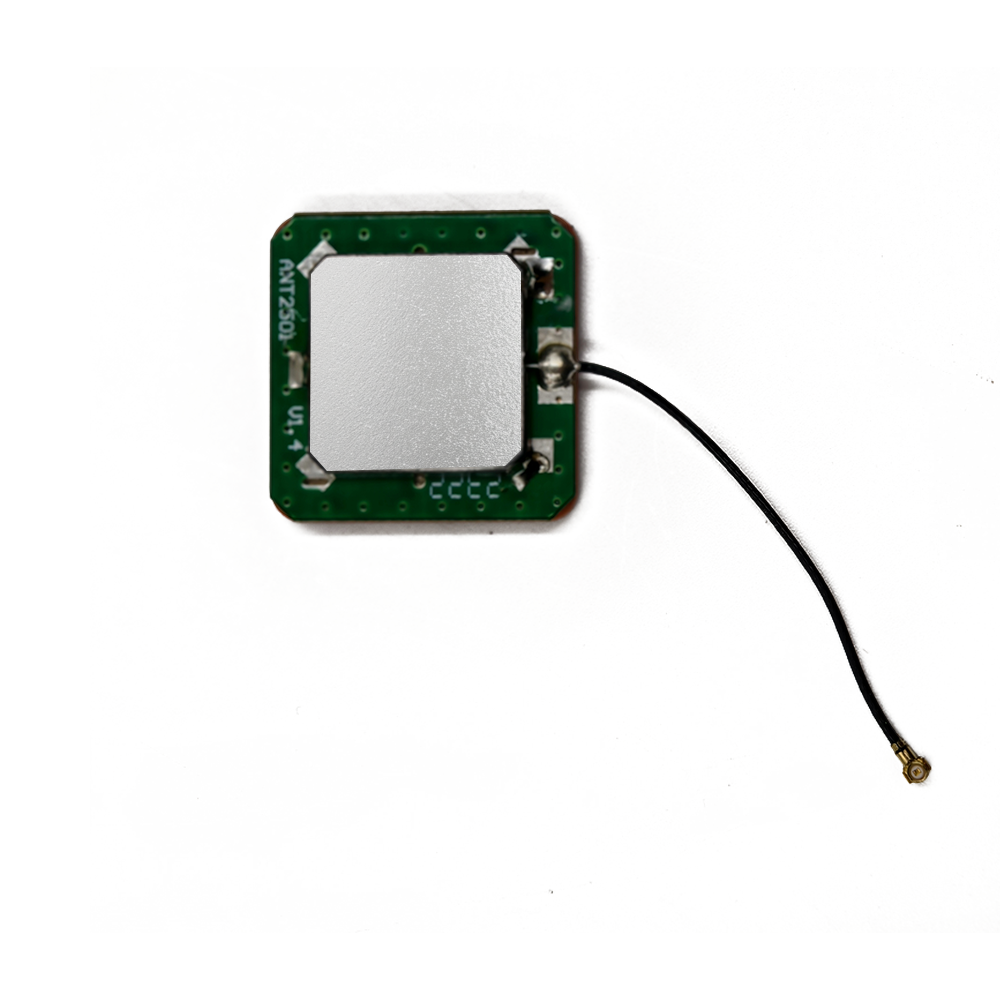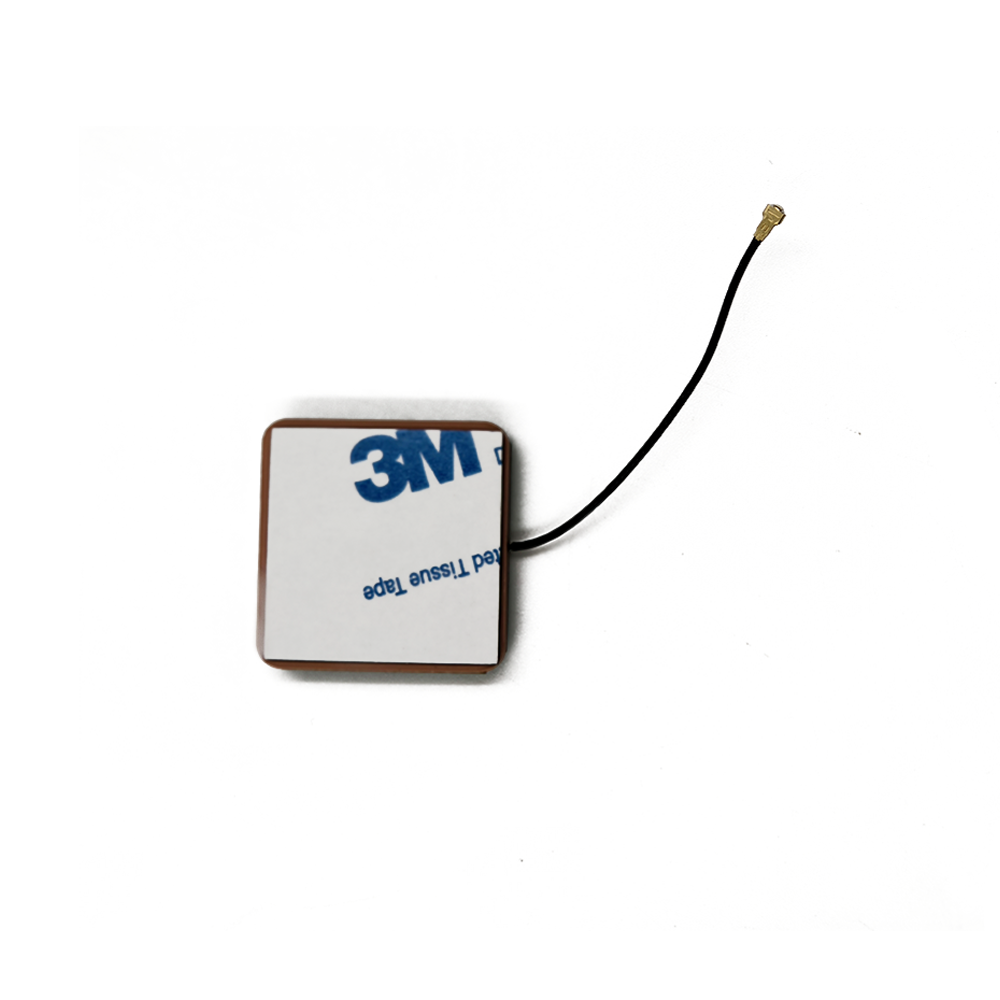Applications
High accuracy active ceramic patch GPS antennas have a wide range of applications across multiple industries. In the surveying and mapping industry, they are used for land surveying, topographic mapping, and cadastral mapping. Surveyors use these antennas to measure positions with high precision, which is essential for creating accurate maps, determining property boundaries, and monitoring land deformation over time. The data collected by these antennas can also be used in construction projects for site planning, grading, and alignment.
In the automotive industry, these antennas play a crucial role in advanced driver assistance systems (ADAS) and autonomous driving. For ADAS, accurate positioning is required for features such as lane - keeping assist, adaptive cruise control, and automatic emergency braking. In autonomous vehicles, high accuracy GPS antennas are essential for precise vehicle positioning, enabling the vehicle to navigate complex road scenarios, identify lane markings, and interact with other vehicles and infrastructure.
In the aerospace industry, high accuracy GPS antennas are used for aircraft navigation, approach guidance, and satellite tracking. They help pilots determine the aircraft's position accurately, especially during critical phases such as takeoff and landing. In satellite tracking, these antennas enable ground stations to track the position of satellites precisely, which is important for communication, remote sensing, and other satellite - based applications.
The high - accuracy positioning capabilities of these antennas also make them suitable for use in the IoT and smart city applications. In smart cities, they can be used for traffic management, asset tracking, and environmental monitoring. For example, in traffic management, accurate vehicle positioning can be used to optimize traffic flow, reduce congestion, and improve road safety. In asset tracking, these antennas can be used to monitor the location of valuable assets such as containers, vehicles, and equipment in real - time.
Future Trends
Looking ahead, several future trends are expected to shape the development of high accuracy active ceramic patch GPS antennas. One trend is the integration of multiple satellite navigation systems. In addition to GPS, other global navigation satellite systems (GNSS) such as GLONASS, Galileo, and BeiDou are becoming more prevalent. Future antennas will be designed to receive signals from multiple GNSS simultaneously, providing greater redundancy and enhanced accuracy, especially in areas where GPS signals alone may not be sufficient.
The miniaturization of these antennas will continue. As technology advances, there will be a push to make high accuracy active ceramic patch GPS antennas even smaller and more energy - efficient. This will enable their integration into a wider range of devices, including tiny IoT sensors, micro - drones, and implantable medical devices. New materials and manufacturing techniques will be developed to achieve further miniaturization without sacrificing performance.
The integration of artificial intelligence (AI) and machine learning (ML) with high accuracy GPS antennas is an emerging trend. AI and ML algorithms can be used to optimize the performance of the antenna, adapt to changing environmental conditions, and improve signal processing in the presence of interference. For example, AI can analyze real - time data from the antenna and other sensors to predict and mitigate the effects of multipath interference, enhancing the overall accuracy and reliability of the positioning system.
There is also a growing interest in using high accuracy GPS antennas for indoor positioning. While traditional GPS is mainly effective outdoors, researchers are exploring ways to adapt the technology for indoor environments, such as shopping malls, airports, and office buildings. High accuracy active ceramic patch GPS antennas, with their advanced signal processing capabilities, may play a crucial role in developing accurate indoor positioning systems for applications like wayfinding, asset tracking, and indoor navigation.
Conclusion
In conclusion, high accuracy active ceramic patch GPS antennas are essential components in modern positioning systems, offering unparalleled precision, compact size, and durability. Their ability to capture, amplify, and filter weak GPS signals with high accuracy makes them indispensable for a wide range of applications across multiple industries, from surveying and automotive to aerospace and IoT.
However, challenges such as electromagnetic interference, multipath interference, cost, and power consumption need to be addressed to further promote their widespread adoption. Overcoming these challenges will require continuous innovation in design, materials, and manufacturing processes, as well as the development of new technologies and algorithms.
Looking to the future, with the emergence of trends such as multi - GNSS integration, further miniaturization, the integration of AI and ML, and indoor positioning applications, high accuracy active ceramic patch GPS antennas are poised to play an even more significant role in the evolution of positioning technology. As these trends develop, these antennas will continue to enhance the accuracy, reliability, and functionality of positioning systems, opening up new possibilities for a wide range of industries and applications, and contributing to the creation of a more connected, efficient, and intelligent world.




































































 Language
Language
 En
En Cn
Cn Korean
Korean

 Home >
Home > 







 18665803017 (Macro)
18665803017 (Macro)













